
Hyundai Kona SUV (2017-2023) engines, drive and performance
.jpg)
- 1.0-litre petrol works well
- Hybrid model is responsive
- Kona N feels rapid
Petrol engines
The entry point to the Hyundai Kona range is the 1.0 T-GDi three-cylinder petrol. This has 120hp and is backed up by a 48-volt mild-hybrid system that works smoothly and boosts the car’s performance. Ignore the engine’s minute size; a turbocharger makes sure that this engine provides a reasonable amount of shove from low speeds.
A 0-62mph time of 11.9 seconds isn’t that great, but there’s decent mid-range performance. If acceleration is important to you, or you often carry lots of passengers or heavy luggage, similarly priced rivals have more to offer. When you’re travelling light it picks up well and though it’s not as fast as rivals, it still feels adequately nippy in most driving.
The gearchange is also very slick, meaning it’s no hardship to have to shift between the gears to maintain speed on steeper roads, or when going to overtake. Helping to make the 1.0-litre engine a good fit for the car is its smoothness and reasonably muted noise levels. This means that you can work it hard – as you need to do for brisk acceleration – without it feeling strained.
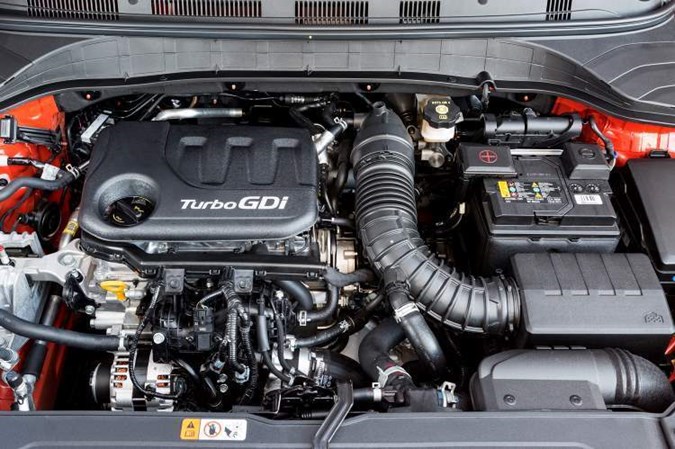
At the top of the range, the Kona N has a 280hp 2.0-litre engine for a 0-62mph time of 5.5 seconds. It features an eight-speed twin-clutch automatic gearbox that delivers rapid shifts, helping it feel hot hatch fast.
Hybrid engines
If you crave efficiency from your Kona, the hybrid model is your sole combustion-engined option. It uses the same 1.6-litre petrol and 32kW electric motor combination that the Hyundai Ioniq hybrid hatch uses. Maximum output is 139hp and there’s 265Nm of torque. Despite this, it never feels all that fast.
The 0-62mph sprint is dispatched in 11 seconds, so it’s not that much quicker than the 1.0 T-GDi. Mid-range grunt for overtaking is a bit more immediate than this time would suggest, however. You certainly won’t have to stress about safely overtaking a tractor on a country road, for example.
Around town it’s whisper quiet, with the transition from pure electric driving to petrol-powered smooth. This makes it very relaxing to drive. Under harsh acceleration though, the engine feels very coarse, and the gearbox unnecessarily harsh.
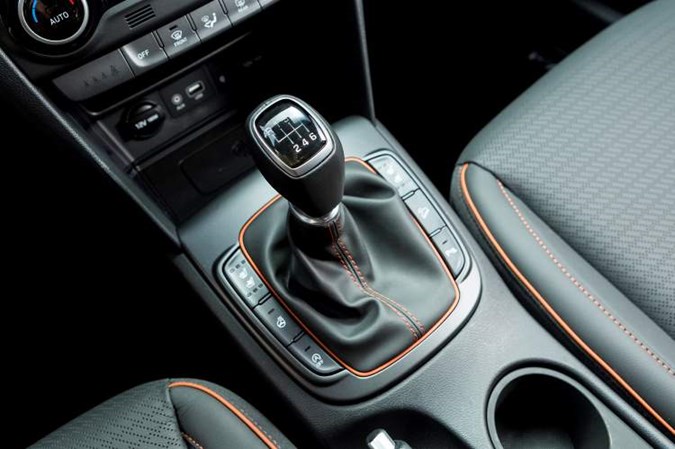
What’s it like to drive?
- Satisfying drive with good comfort
- Nicely weighted steering
- Not too much body roll
The taller a car is, the worse it generally takes corners, with more body roll, or stiffer suspension needed to keep it under control. The Kona, however, acquits itself well on twisty roads, with the precise steering providing a good sense of how much grip there is – but it can feel quite firm on the bumpiest of roads.
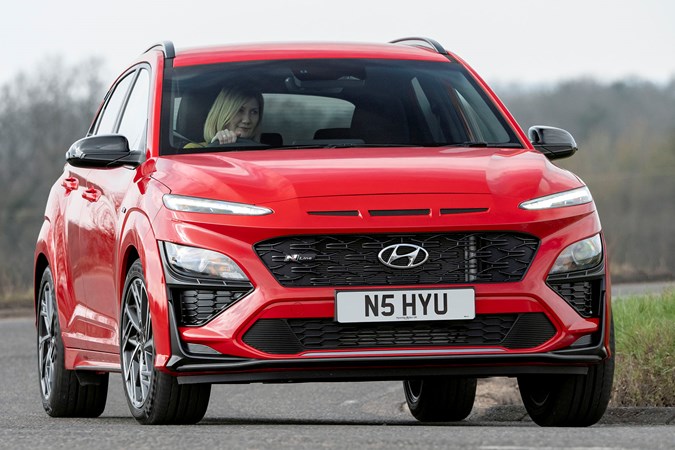
Yes, the suspension is a little stiff, but it’s been well set up. As a result, the 1.0-litre Kona drives like a much larger car, while the steering is light in normal driving, but weights up nicely around bends. Drive it fast, however, and you get less feedback through the steering than rivals such as the Ford Puma, although that is top of the class for driving fun. On a twisty road, the Kona’s stiffer suspension set-up (compared with other small crossovers) means body control is very good, with little roll felt through the bends. Couple that with well-weighted steering that feels responsive, and it’s an enjoyable car to chuck around. The slick manual gearbox helps with this impression, too.
The hybrid model has more weight added to it thanks to the batteries. The suspension has been softened considerably. The ride on smooth tarmac is exemplary, at town and motorway speeds. It does however lean in corners considerably. This is most present in town situations, where for instance, you transition from a tight right corner to a left one.
If you want to know about the Kona N, it gets its own separate review.
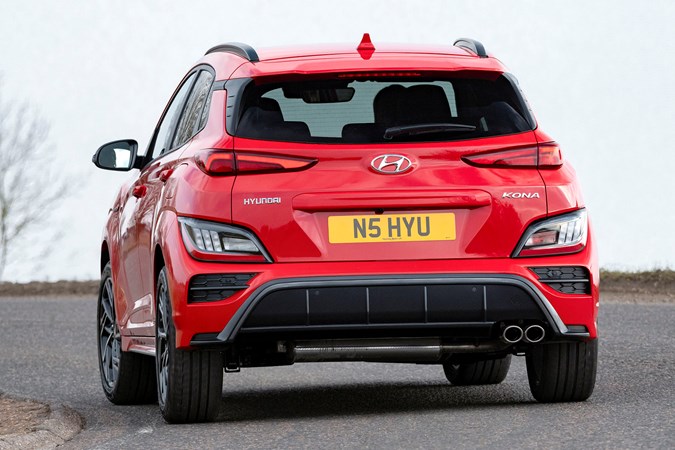


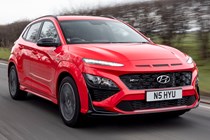
.jpg)

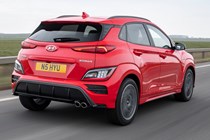
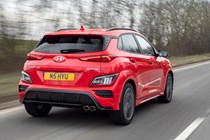


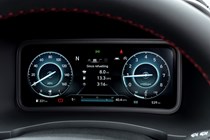
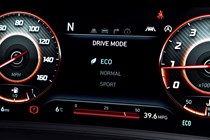
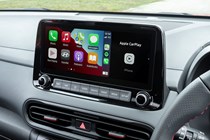
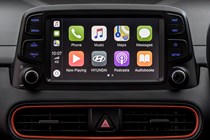
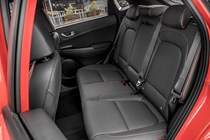
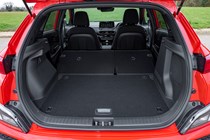
.jpg)

.jpg?quality=50)











.jpg?quality=50)